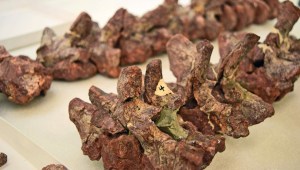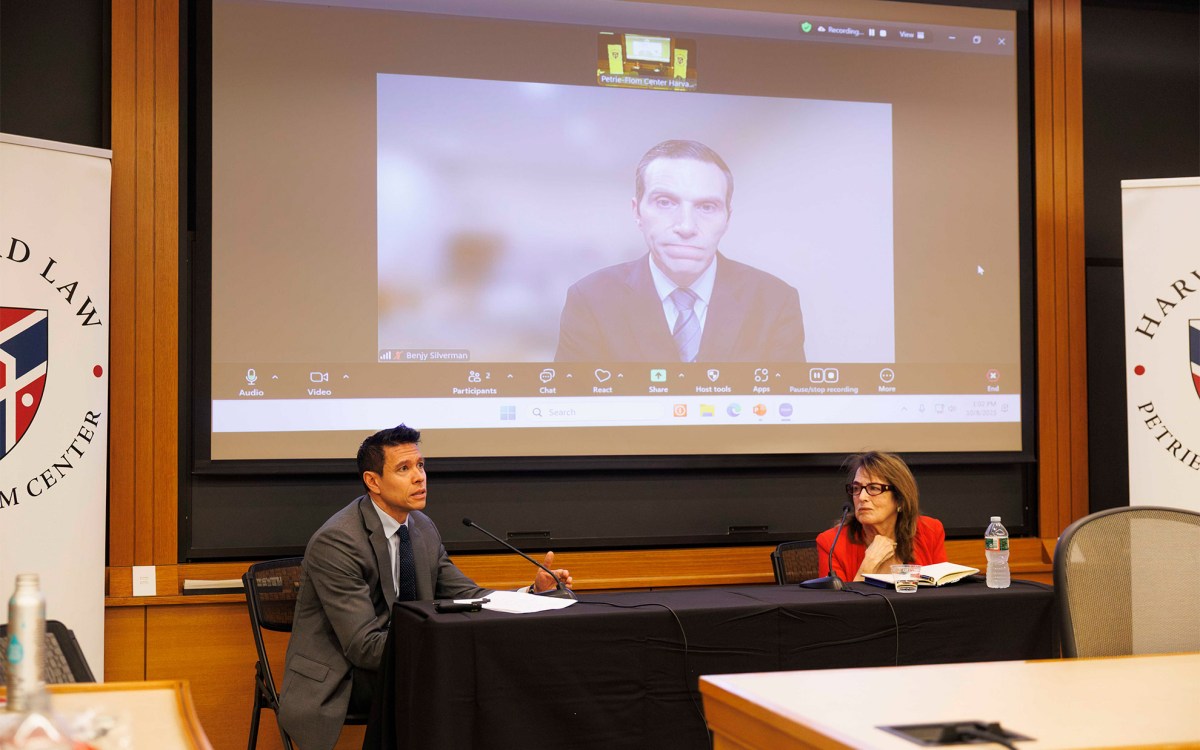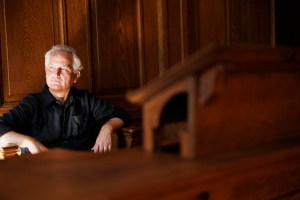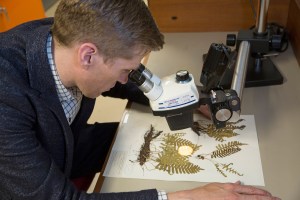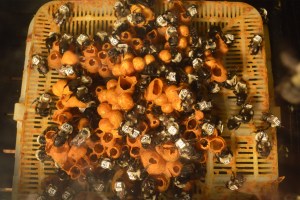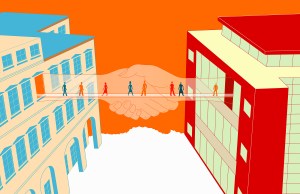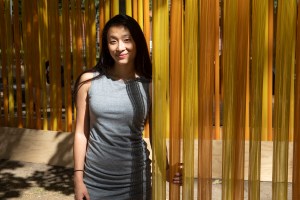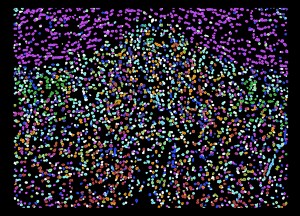Tag: FAS
-
Science & Tech
How violence pointed to virtue
Richard Wrangham’s new book examines the strange relationship between good and evil.
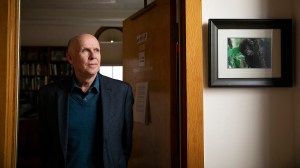
-
Arts & Culture
Heard the one about the comedy writer?
Nell Scovell ’82 schools Harvard students in the art and science of joke writing.
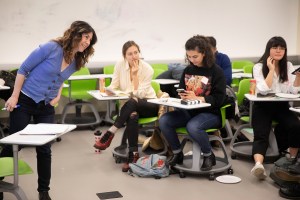
-
Work & Economy
Researcher finds Coke’s fingerprints on health policy in China
Coca-Cola worked through the Chinese branch of a U.S.-based nonprofit to influence anti-obesity measures in China, according to new research by Harvard Professor Susan Greenhalgh.
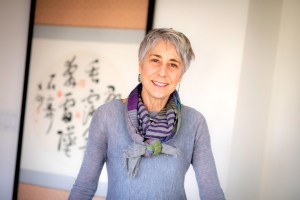
-
Health
The mystery of the medicine man
A paper published earlier this year argues that shamanism develops as specialists compete to provide magical services to people in their communities, and the outcome is a set of traditions that hacks people’s psychological biases to convince them that they can control the uncertain.
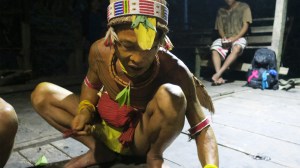
-
Science & Tech
Life, with another ingredient
In a paper published in PNAS, Jack W. Szostak, professor of chemistry and chemical biology at Harvard, along with graduate student Seohyun (Chris) Kim, suggest that RNA could have started with a different set of nucleotide bases. In place of guanine, RNA could have relied on a surrogate, inosine.
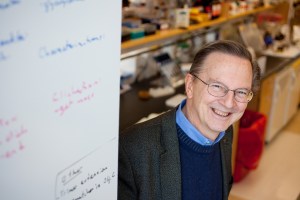
-
Science & Tech
Replacing hard parts in soft robots
Harvard scientists have created a soft valve that could replace “hard” valves and lead to the creation of entirely soft robots. The valve’s structure can also be used to produce unique, oscillatory behavior.
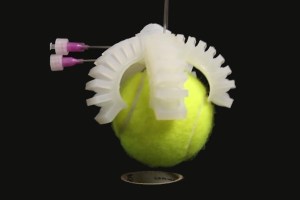
-
Campus & Community
New faculty: Teju Cole
Teju Cole, author of “Open City” and “Every Day Is for the Thief,” will teach creative writing as the first Gore Vidal Professor of the Practice.
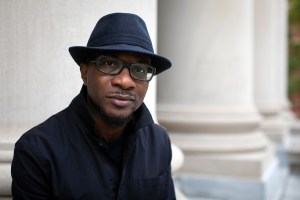
-
Science & Tech
Reading teeth
By examining the teeth of Neanderthal infants, a team of researchers was able to glean insight into nursing and weaning behavior as well as winter and summer cycles. The study even found evidence that the Neanderthals had been exposed to lead — the earliest such exposure ever recorded in any human ancestor.
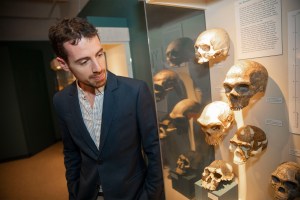
-
Science & Tech
How mammals grew diverse
Using a detailed, musculoskeletal model of an echidna forelimb, Harvard scientists are not only shedding light on how the little-studied echidna’s forelimbs work, but also opening a window into understanding how extinct mammals might have used those limbs.
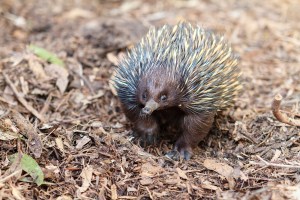
-
Work & Economy
Lurking in your favorite song, the law
Professor and author Derek Miller discusses the origins and history of copyright law and the goals of the Music Modernization Act.
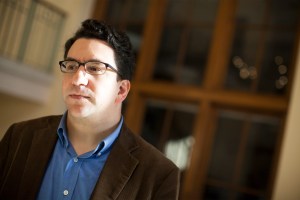
-
Campus & Community
Christopher Stubbs named dean of science
Christopher Stubbs, the Samuel C. Moncher Professor of Physics and of Astronomy, has been appointed dean of science by FAS Dean Claudine Gay.
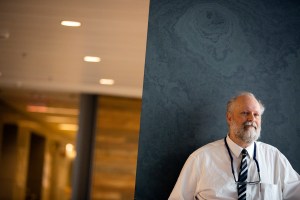
-
Campus & Community
A fond faculty farewell
Harvard President Bacow, former leader Faust headline a faculty sendoff for former Dean Michael Smith of the Faculty of Arts and Sciences.
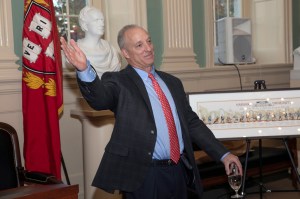
-
Science & Tech
Something weird this way comes
A paper by Harvard researchers wonders whether the interstellar object known as “‘Oumuamua” is a visitor from an alien civilization.
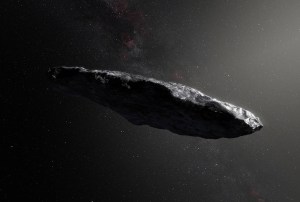
-
Science & Tech
Fish teeth mark periods of evolution
Based on close examination of thousands of fossilized fish teeth, a Harvard researcher found that, while the asteroid impact that killed off the dinosaurs did lead to the extinction of some fish species, it also set the stage for two periods of rapid evolution among marine life.
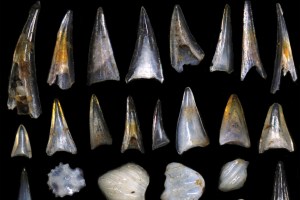
-
Science & Tech
Turning tide on greenhouse gases
Emissions from power plants and heavy industry, rather than spewing into the atmosphere, could be captured and chemically transformed from greenhouse gases like carbon dioxide into industrial fuels or chemicals thanks to a system developed by Harvard researchers.
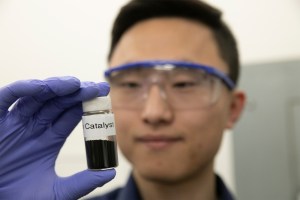
-
Science & Tech
Seeing cell membranes in new light
Harvard’s Adam Cohen is the lead author of a new study that challenges conventional theories about the fluid nature of cell membranes and how they react to tension.
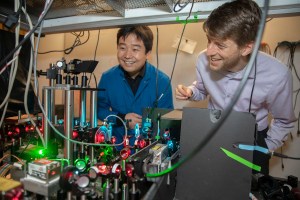
-
Campus & Community
Mourning Devah Pager
An academic ‘force of nature,’ Harvard sociologist Devah Pager is remembered for her trailblazing scholarship, extraordinary mentorship.
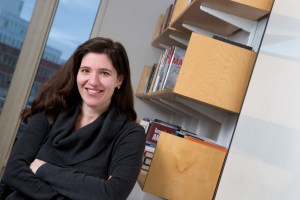
-
Arts & Culture
Bringing ‘Coco’ to campus
Harvard’s Office for the Arts will welcome producer Darla Anderson and cultural consultant Marcela Davison Aviles for a conversation about their work on the Academy Award-winning Pixar film “Coco.”

-
Campus & Community
‘We did all we could, but we could have done more’
Accepting the Robert Coles “Call of Service” award at Harvard, San Juan Mayor Carmen Yulín Cruz reflected on the aftermath of deeply damaging Hurricane Maria.
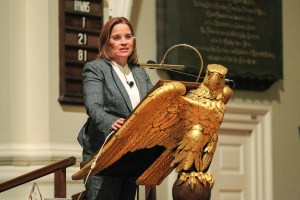
-
Science & Tech
Electrons, up really close
Working in a basement lab at Harvard, a group of researchers led by John Doyle, the Henry B. Silsbee Professor of Physics, have been part of a team making the most precise measurement of the shape of the field around an electron. The results suggest that some theories for what lies beyond the standard model…
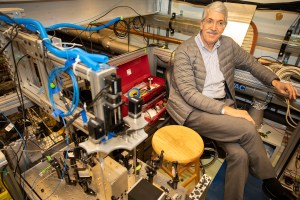
-
Science & Tech
A measure of success for groundwater storage
A recent study used seismic noise to measure the size and water levels in underground aquifers, focusing on California’s San Gabriel Valley aquifer, which had to meet the demands of 1 million people during a five-year drought.
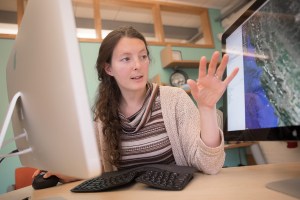
-
Arts & Culture
Watching ‘Scandal’ in a Faulkner state of mind
For “Faulkner, Interracialism and Popular Television,” Harvard’s Linda Chavers pairs the white Southern writer’s work with the TV series “Scandal” from African-American writer-producer Shonda Rhimes.
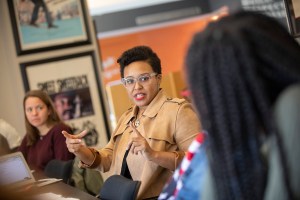
-
Work & Economy
Racial and economic disparities intertwined, study finds
While African-Americans have moved to higher ranks on the income distribution scale in the decades since the Civil Rights Movement, those improvements have largely been blunted by rapid income growth for the richest members of society and income stagnation among lower- and middle-income families.
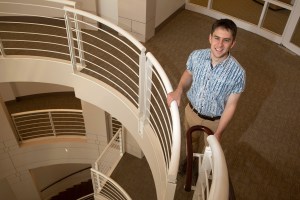
-
Campus & Community
New faculty: Ellis Monk
Ellis Monk, assistant professor in Harvard’s Department of Sociology, focuses on social inequality through a comparative global lens, with particular attention to race in the United States and Brazil.
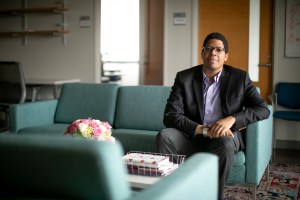
-
Science & Tech
Breaking down backbones
Harvard scientists are using the fossil record and a close examination of the vertebrae of thousands of modern animals to understand how and when specialized regions in the spines of mammals developed.
